Lastly, some of the switchgear feels tired, and, on these small, twisty roads, the 599’s basic architecture – its size and its sweeping, obstructive A-pillars – dents your confidence.
Ferrari plays down the GTO’s on-road abilities, stressing that it’s a very different concept to the4 GTB, designed as it is for very wealthy types who won’t blink at putting 300 big ones on track. Thing is, it does work very well on road, but on track it is simply phenomenal.
 That pointy front end means you’ve just very badly misjudged things if you understeer – instead the GTO’s kneejerk reaction to excess entry speed is oversteer, just how Schumacher liked it. And here’s where it gets clever. For the first time, Ferrari has developed the hardware in tandem with its stability control software, rather than adding it retrospectively. That means the GTO has been set up for maximum agility (pointy front, mobile rear), while the software tames its nuances to whatever degree the driver is happy with – he simply chooses one of the five manettino settings.
That pointy front end means you’ve just very badly misjudged things if you understeer – instead the GTO’s kneejerk reaction to excess entry speed is oversteer, just how Schumacher liked it. And here’s where it gets clever. For the first time, Ferrari has developed the hardware in tandem with its stability control software, rather than adding it retrospectively. That means the GTO has been set up for maximum agility (pointy front, mobile rear), while the software tames its nuances to whatever degree the driver is happy with – he simply chooses one of the five manettino settings.
The first time you wind out a GTO in third gear and watch the five red LED lights illuminate at the top of the steering wheel, then repeat it in fourth and fifth as you spear over the blind crest at the end of Mugello’s start/finish straight is, you could say, memorable. The car goes slightly light, and, as you brake heavily for the tight right-hander that follows, you feel the back end go a little light and tweak you very slightly towards the left-hand wall. Add a tiny bit of lock, reduce the braking intensity and hold the downshift paddle. Keep it held and the gearbox will automatically fire down the order with the revs spiralling beyond what any other system would permit. You want an 8000rpm downshift? No problem. Fourth gear. Yelp goes the engine. Third. Yelp! Second. Yeeeeelp! Bloody hell.
You need to be patient with the throttle through the tight right-hander or you’ll get scrappy and lose momentum, and you need to be progressive through the pair of left/rights that follow or you’ll sap time with snap oversteer. Yet while this is a very quick car, it isn’t difficult to drive hard, you just need to be smooth and patient through the twisty stuff (you’ll be going faster than you think) and ballsy when the speed’s there for the taking.
I complete four hot laps, which is absolutely not enough – I would, I have no doubt, actually die of starvation at the wheel given the choice. But the men in red coats remove me, and we’re soon standing around a monitor at the pitwall.
 To the uneducated (me), reading telemetry is a bit like deciphering a Tokyo underground map, but slowly the meaning is translated. I can see how my steering becomes more erratic when I try to go harder and that my more conservative laps are both smoother and faster. My race engineer also compares my traces with those of racer Marc Gené, who accelerates in parallel with me but who simply flattens the pedal knowing that the traction control will smooth out the flow where I feed in the power progressively – it takes quite some mental recalibration to trust the chips.
To the uneducated (me), reading telemetry is a bit like deciphering a Tokyo underground map, but slowly the meaning is translated. I can see how my steering becomes more erratic when I try to go harder and that my more conservative laps are both smoother and faster. My race engineer also compares my traces with those of racer Marc Gené, who accelerates in parallel with me but who simply flattens the pedal knowing that the traction control will smooth out the flow where I feed in the power progressively – it takes quite some mental recalibration to trust the chips.
I’m told that Gené does 2min 11sec, maybe 2min 10sec, and that I’ve pulled a 2min 13sec. A passenger ride proves that Gené’s an immeasurably better, more committed driver than I am, but I’ll gladly take a 2-3sec deficit after four laps.
And then, suddenly, the illusion is over. For a matter of hours, I’ve held a Rs 2.06 crore set of keys, driven my own private race track, inhabited the shoes of the extremely wealthy. And I’ve acclimatised to it quite nicely. Then I get a minibus to the airport, squash up against the frosted window of a 737’s economy seat and discover that all 599 GTOs are already sold out.
The third GTO might be brilliant, but to live with it so fleetingly is an awful tease.
Ferrari 599 GTO
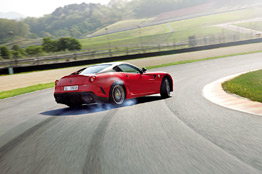













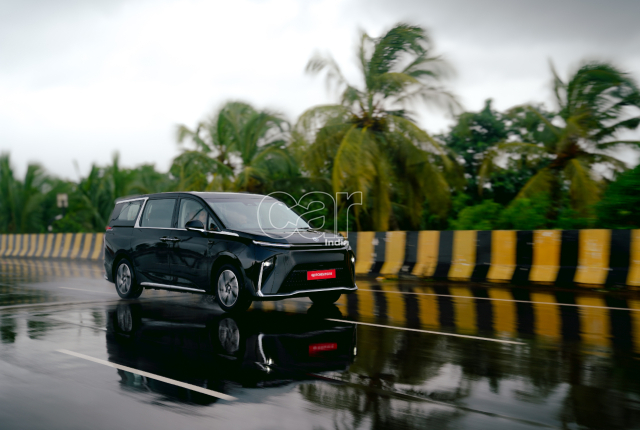
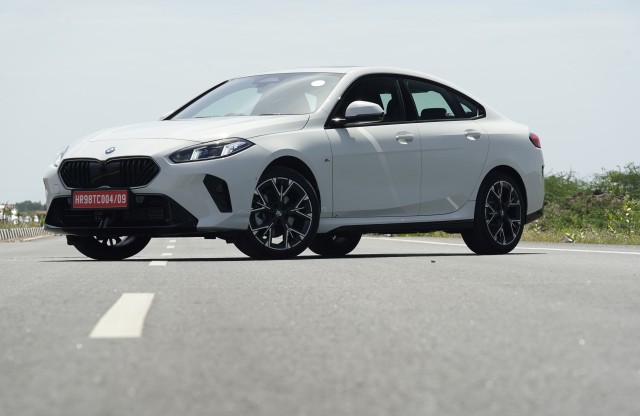
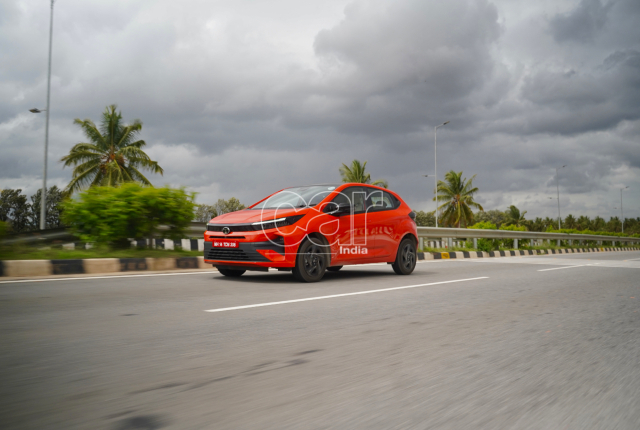
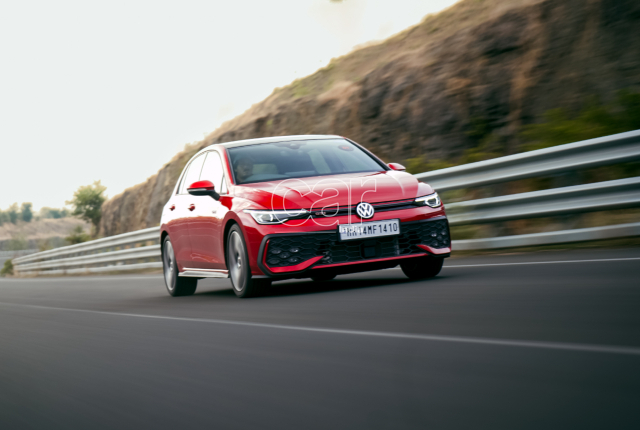
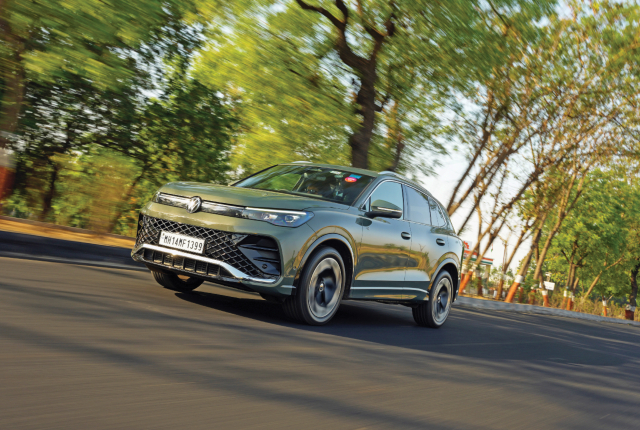




Leave a Reply